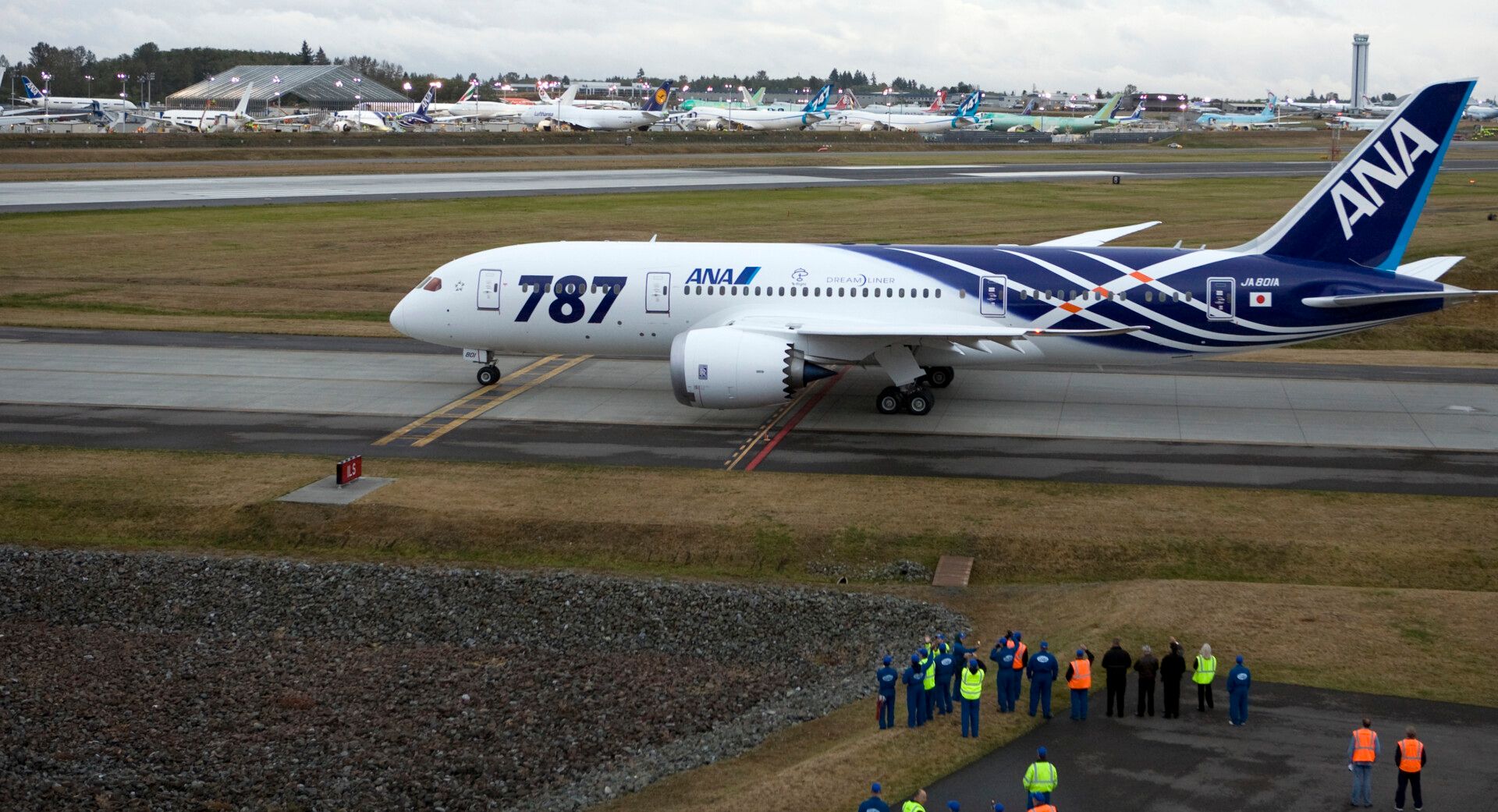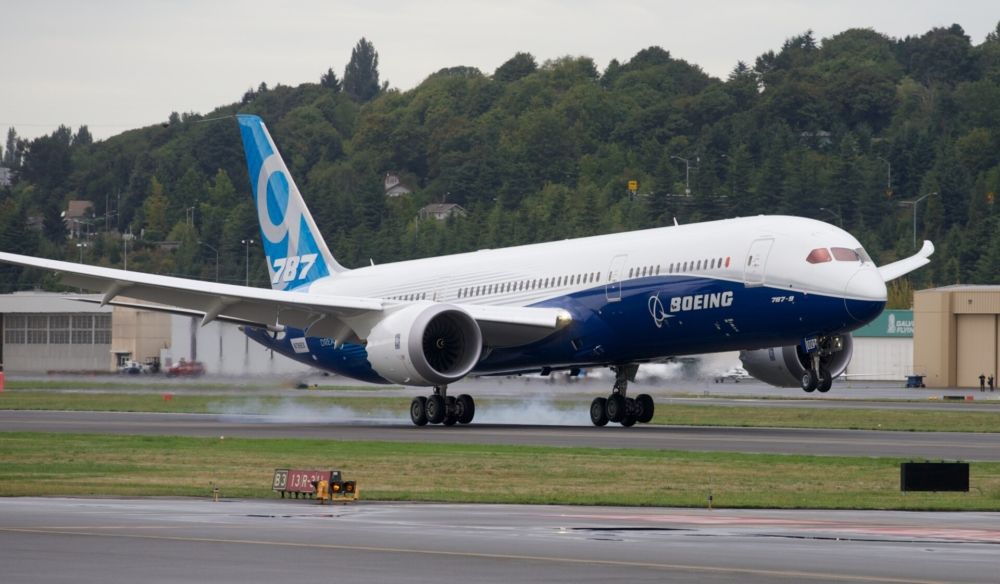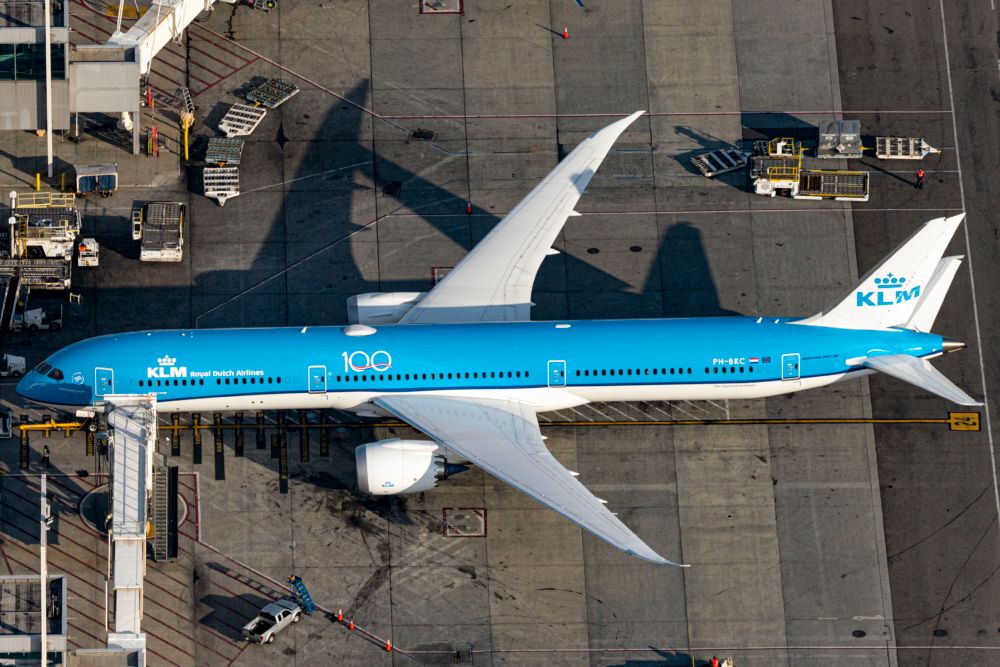Boeing's twin-engine 787 'Dreamliner' family has taken the widebody world by storm over the last decade. Having recently celebrated 10 years since its first delivery, more than 1,000 examples of this next-generation aircraft family have now been produced. These modern twinjets are spread across three variants, but could Boeing introduce another?
Existing 787 variants
Let's start by establishing the nature of Boeing's existing 787 Dreamliner family. The smallest of its three variants is known as the 787-8. This was the original version of the Dreamliner, and it entered service in October 2011 with Japanese carrier All Nippon Airways. ANA had taken delivery of this aircraft a month beforehand, amid great excitement.
The mid-size variant is known as the 787-9. It is just over six meters longer than the 787-8 (56.72 m vs 62.81 m), and entered service with Air New Zealand in August 2014. Owing to its length, it has a typical two-class capacity of 290 passengers, compared to 242 on the 787-8. With 568 deliveries at the time of writing, it is the most popular variant.
The 787-10 is the longest version of the Dreamliner, clocking in at 68.28 meters long. It has a correspondingly high typical two-class capacity of 330 passengers. This stretched version of the 787 was the last to enter service, doing so in April 2018 with Singapore Airlines.
Stay informed: Sign up for our daily and weekly aviation news digests.
Going large?
Looking at the success of the 787, it is clear that Boeing has found a suitable combination of variants. However, the world of commercial aviation is a dynamic one, and Boeing may find that it needs to produce more variants going forward in response to fluctuating trends. For example, might it want to stretch the 787's fuselage even longer?
In terms of competition from Airbus, the 787-10 is well-paired with the A350-900 in terms of capacity. However, there isn't an equivalent Dreamliner when it comes to matching the 73.8-meter long A350-1000, which has a typical two-class capacity of 369 seats.
However, it seems unlikely that Boeing would produce a new Dreamliner to rival the A350-1000. This is because it already has an appropriate aircraft up its sleeve, in the form of the 777-8. This is the smallest variant of the upcoming 777X, and has a two-class capacity of 384 seats. As such, this design is best-placed to take on the -1000 in high-capacity markets.
Small but mighty?
With the need for a larger iteration of the 787 now seeming unlikely, could there be scope for Boeing to further downsize the aircraft instead? Looking at competition from Airbus again, this perhaps won't be the case. After all, the smallest 787, the -8 version, is already well-matched with the smallest A330neo, the -800, in terms of capacity.
Given the rising trend in long-range narrowbody flights, Boeing might be better off developing a larger single-aisle jet to compete in this market. That being said, its 737 MAX series is a capable aircraft in this domain, having been used on eight-hour sectors.
Even an ultra-long-haul version may not be necessary. This is certainly the case at Qatar Airways, whose CEO Akbar Al Baker told Simple Flying in an exclusive interview in May that ultra-long-haul "is a very limited market." As such, it seems that Boeing should focus on its existing 787 variants, which continue to enable efficient long-haul travel every day.
Do you think Boeing might introduce another 787 variant? Which is your favorite of the existing versions? Let us know your thoughts in the comments.



